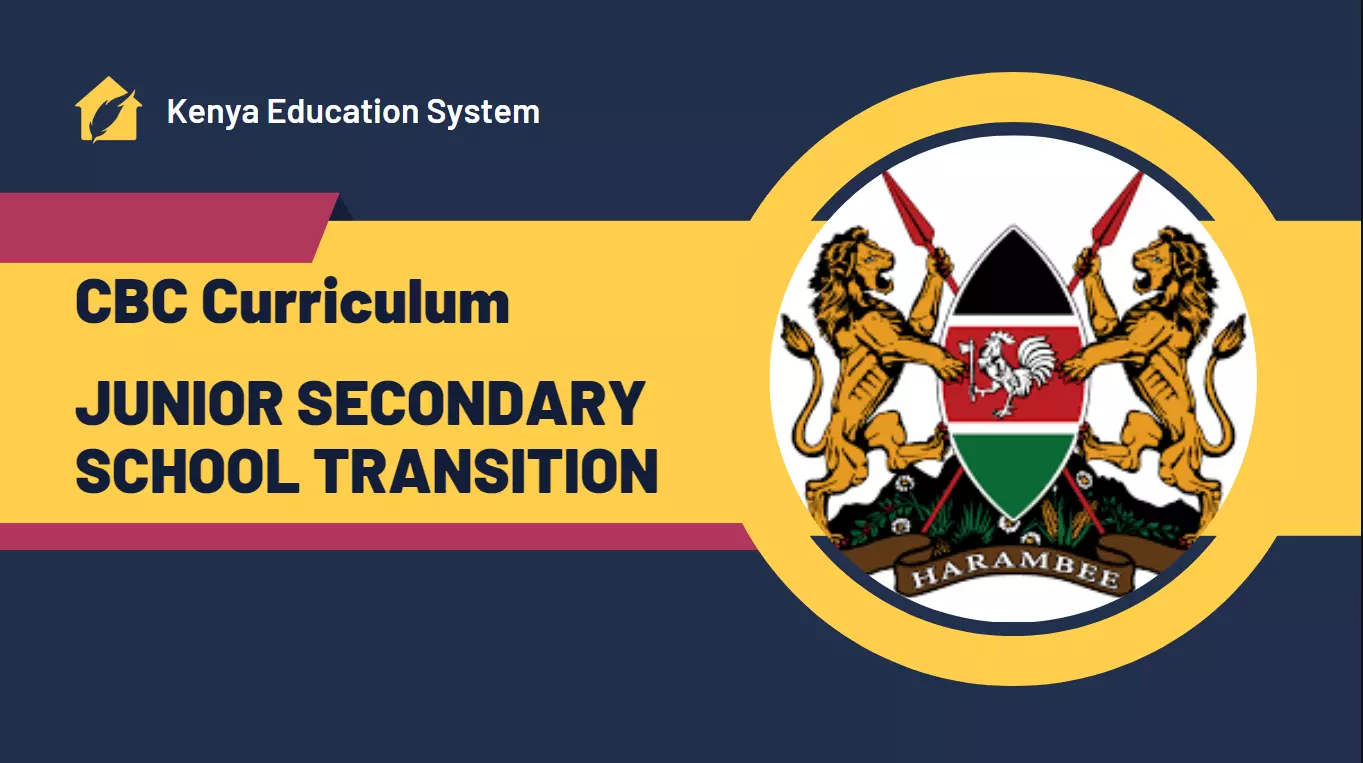Junior High School Transition in Kenya

Junior High School or Junior Secondary School, usually abbreviated as JSS, is a common term in the lips of many Kenyans today. This level of education includes three years of education, from Grade 7 to Grade 9, as part of the Competency Based Curriculum introduced in the country recently. The first class of junior high school in Kenya was assembled in January 2023. This is the first class transitioning from primary school in the 2-6-6-3 curriculum. As would be expected, the class has faced a myriad of challenges.
Domiciling Confusion
First, it was well-known that junior secondary would be domiciled in existing secondary schools. The government went ahead to fund the construction of 10,000 classrooms in secondary schools to be used by the junior high school learners the moment they transitioned from Grade 6 to Grade 7. However, a conversation started in September 2022 reversed that decision to have Grade 7 domiciled in primary schools. There were valid arguments for the change in decision, with the age of the pupils a concern, as well as the availability of classes in primary schools a bonus. This has resulted in hasty decisions being made by schools to ensure the junior high schools are well managed and operated. The primary schools have had to extend their human and capital resources to ensure the JSS is working.
Human Resource Problems
The teaching problem being experienced in the transition to Junior Secondary School (JSS) in Kenya is primarily due to the lack of adequate teachers to cater to the large number of students. The government has recruited 30,550 teachers to teach in JSS, but only 9,000 of them are on permanent terms, while 21,550 are interns.
The interns are teachers who have been hired on a temporary basis and are still undergoing training. Although they are expected to gain experience and skills during their internship, they may not have the same level of expertise as permanent teachers.
The lack of adequate teachers in JSS is a significant challenge as it can negatively impact the quality of education and learning outcomes. With the large class sizes and limited teacher-student interaction, students may not receive the necessary attention and support they need to excel academically.
Financing Challenge
Recently, I spoke to a Board of Management (BoM) member of a JSS. “We have not received a single coin to facilitate the management of our school,” the board member said. He continued to say, “We have undertaken all the necessary procedures of opening and formalizing bank accounts, but we are yet to receive a shilling from the government. Much of what we are using is like an aid from the primary school where we are domiciled. The school has nothing for itself. We are waiting for the government's facilitation to kickstart even basic affairs like construction of desks.”
Presuming that this situation is replicated across all JSS in the country, then there is cause for concern. Without adequate financing, the education of these children shall be in its worst shape and form. Three months into the JSS transition, a lot should be moving at a good pace now. The financing challenge has also been noted when it comes to distribution of textbooks. Schools are yet to be fully equipped with learning materials to aid the schooling of these Grade 7 learners. Therefore, the government needs to up its ante in resolving the challenge.
The Positives of CBC Transition
It has not been all gloom and darkness in the transition process. For a long time, the Kenyan education curriculum had been accused of churning out graduates who cannot perform basic tasks. The CBC curriculum is hailed for being more hands-on, and being less-focused on just passing exams. There is more craftsmanship and creativity among the learners now, because they tend to do more things practically. This approach helps to prepare learners for the demands of the 21st-century job market.
There is a feeling that there is more holistic education, inclusivity, contextualized learning, and active learning with the CBC. The curriculum is designed to be relevant and contextualized to the Kenyan context, incorporating local content and experiences. In this transition, the struggles that have been witnessed have been as part of a broader scope to ensure that the system brings gainful development to the learners.
